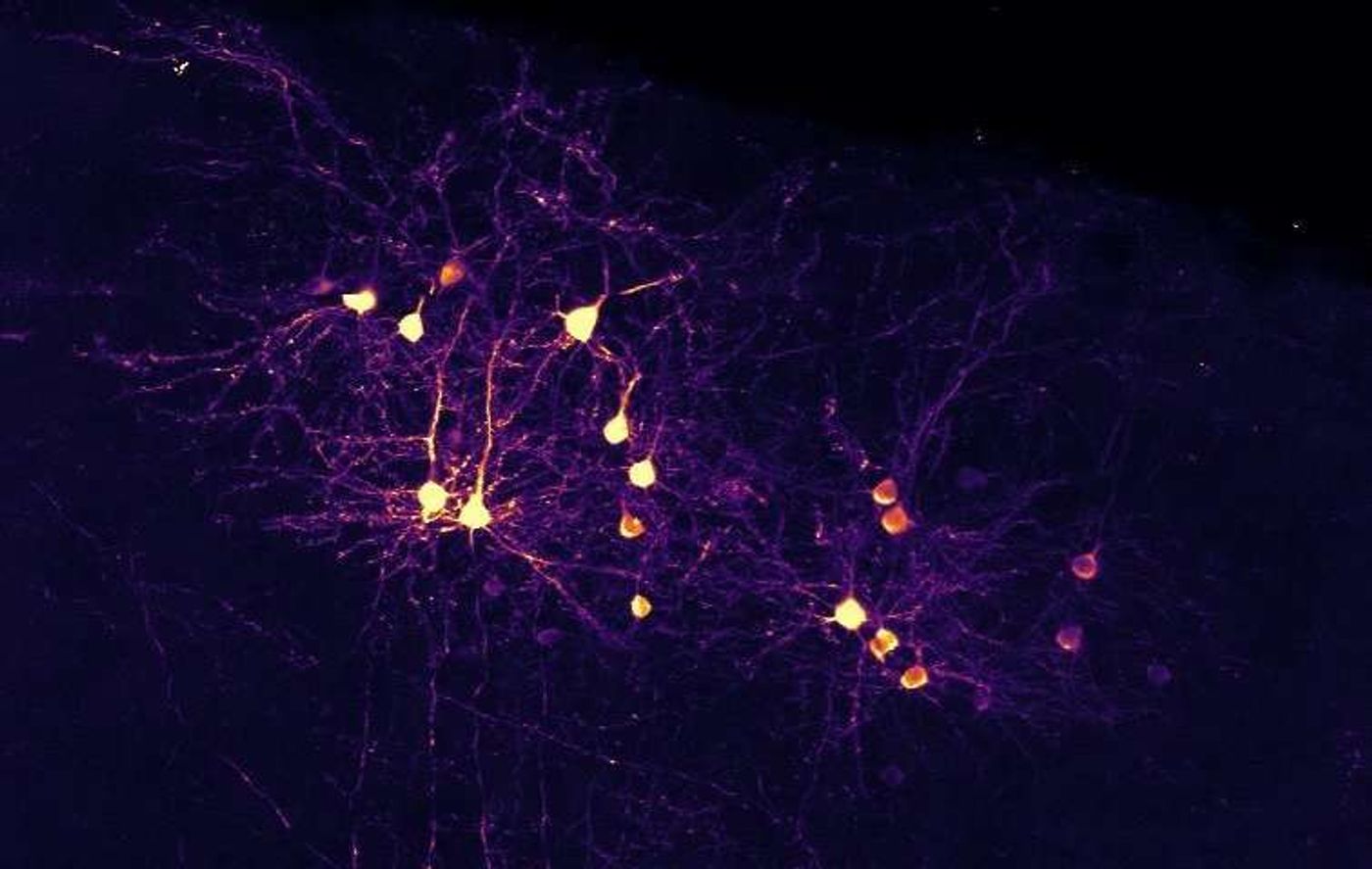Neuronal Connectivity Beyond The Hebb's Rule
The human brain has 100 million neurons on an average. How do these neurons talk to each other and coordinate amongst each other, for a particular task? We are always thought by precept and by example that “Neurons that fire together, wire together.” A phrase coined in 1949 by Donald Hebb, a Canadian neuropsychologist. This reasoning of the neuronal communication in action helps us understand how we learn through repeated activities as our brains learn to activate the same neuronal networks each time. Dr. Joe Dispenza, a researcher, educator uses this basis in his motivational talks to elucidate the unlimited abilities of humans. Watch the below video with excerpts from his TED Talk for more information.
However, a new article published in Neuron by researchers from the Sainsbury Wellcome Center provides evidence that neuronal connectivity is also influenced by the target projection along with the similarity response. Thomas D. Mrsic-Flogel, the director and corresponding author on the publication has focused on understanding the inner workings of neuronal connectivity and their role in cortical responses to sensory and behavioral functions. His group primarily concentrates on sensory processing in the visual cortex and its communication with other cortical structures to uncover the rules of connectivity between different neuronal types.
Dr. Mrsic-Flogel’s lab had previously developed a novel technique to study the different visual cortex neurons. It combines the two-photon calcium imaging that investigates individual neurons, with a multiple whole-cell recording approaches to characterize the synaptic connectivity. This approach had led to identifying several cortical neuronal organization fundamentals. The key findings published in high impact journals over the years are
- Pyramidal cells (Pcs) firing was stimulus dependent and that they are not strongly dominated by functionally biased recurrent connectivity. The dense network of parvalbumin-expressing inhibitory interneurons receives strong and diverse inputs from the pyramidal cells suggesting that both excitatory and inhibitory neurons communicate in different ways. [Hofer SB et al., Nature Neuroscience, 2011]
- Development of neural processing microcircuits depends on the activity-dependent mechanisms of plasticity. The correlation-based learning helps for the high structure connectivity between the excitatory cells in the visual cortex[Ko H et al., Nature 2013]
- Visual stimuli-sensitive neurons connect preferentially to those that respond strongly to similar stimuli suggesting that strong connections result in evoked neuronal activity amplification in cortical microcircuits. [Cossell l et al., Nature 2015]
While all the studies so far support the famous adage Neurons that fire together wire together, the study 2018 provides evidence on a subset of a neuronal communication network that necessarily does need to wire together.
Primary visual cortex neurons projecting to higher visual area AL. Credit: Sainsbury Wellcome Centre
Kim Znamenskiy, the lead author on the paper, studied the primary cortical connections between different types of excitatory neuronal and their projections to anterolateral (AL) and posteromedial (PM) in mice. The fascinating finding was that visual stimuli-responsive neuron that project to AL made a connection to PM very rarely despite responding to similar types of visual stimuli. "Cells are projecting to different targets are excluded from interacting with each other, despite being neighbors. This new 'exclusion' principle of connectivity is puzzling given that these neurons frequently respond together to the same sensory stimuli," says Dr. Mrsic-Flogel.
The importance of such work as described by one of the authors on the paper, “The flow of information in the brain is defined by where individual neurons get their inputs and where they send their outputs. To gain a mechanistic understanding of neural computations, we need to know these rules of connections.”
Sources: Nature, Mrsic-Flogel Group, Sainsbury Wellcome Centre.









